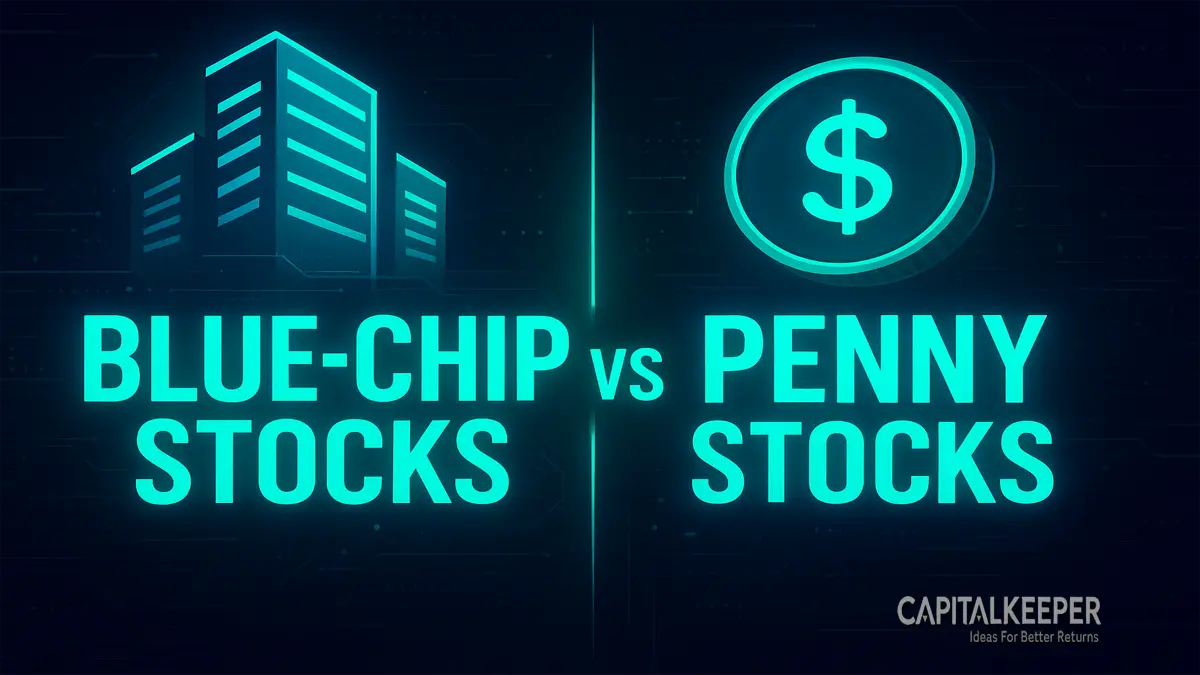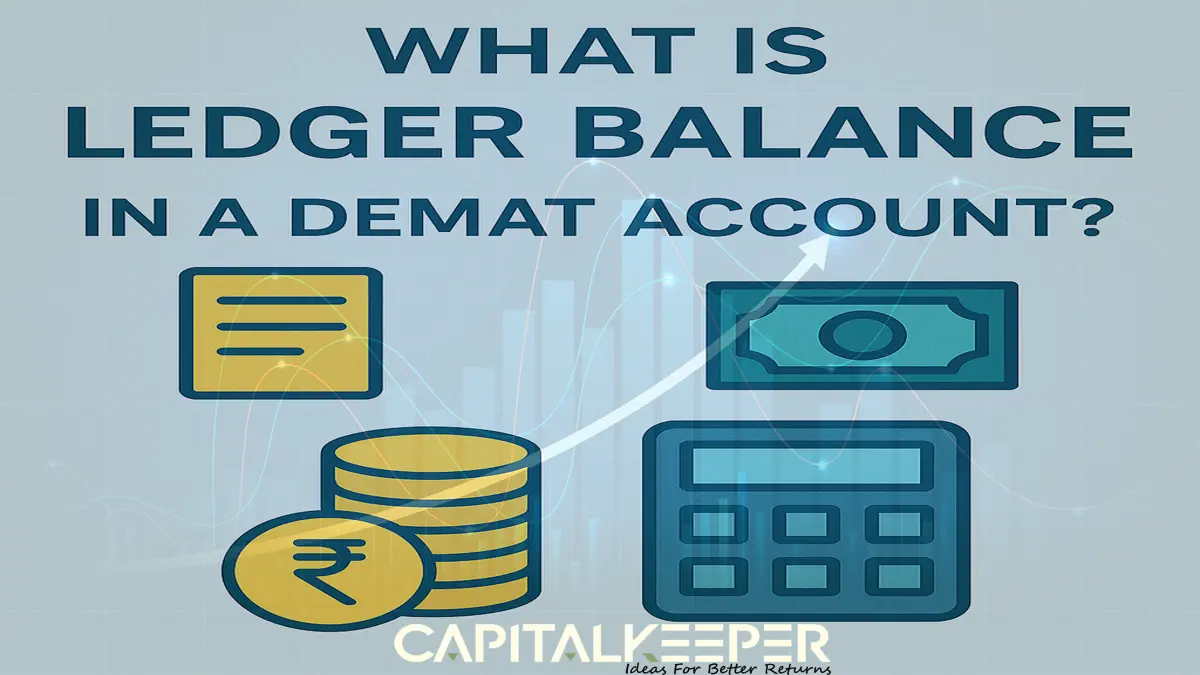One Cancels the Other (OCO) Orders: A Smart Strategy for Risk-Controlled Trading
Managing risk and reward efficiently is at the heart of trading success. While most retail traders focus only on entry points, professional traders automate both their exit targets and stop-losses to avoid emotional decisions. That’s where OCO Orders (One Cancels the Other) come in.
Let’s break down how OCO orders work, where to use them, and how they can protect your trades in fast-moving markets like Nifty, Bank Nifty, F&O, or even cryptocurrencies.
📌 What is an OCO Order?
A One Cancels the Other (OCO) Order is a conditional order setup where two orders are placed simultaneously, but if one gets executed, the other is automatically canceled.
🧮 How It Works:
- You place a target order and a stop-loss order
- If your target is hit → stop-loss gets canceled
- If your stop-loss is hit → target gets canceled
🎯 It’s like giving the broker two paths — and telling them: “Whichever triggers first, cancel the other.”
🧾 OCO Order Example (Equity or F&O)
Let’s say you buy Reliance at ₹2,500.
- ✅ You want to book profit at ₹2,600
- ❌ But you also want to limit loss to ₹2,470
You place an OCO order:
- Sell Limit at ₹2,600 (target)
- Sell Stop-loss at ₹2,470 (risk control)
If Reliance hits ₹2,600 — boom! Profit booked and SL order gets canceled.
If it dips to ₹2,470 — your loss is capped and target gets canceled.
🔄 Types of OCO Orders (as per platform)
| Order Type | Description | Supported On |
|---|---|---|
| Target + Stop-loss OCO | Profit and SL set in one combo | Zerodha, Upstox, Groww |
| Bracket Orders (BO) | Includes entry, SL, and target with auto trailing | Angel One, Fyers |
| Cover Orders (CO) | Market entry + mandatory SL only | Almost all brokers |
| OCO in Crypto | Used in Binance, CoinDCX for long/short hedges | Global/Indian crypto platforms |
📊 Why OCO Orders Matter for Traders
| Advantage | Benefit |
|---|---|
| Emotion-free exits | No panic selling or profit greed |
| Automation | No need to monitor every tick |
| Defined risk-reward | Perfect for strategy-based trading |
| Fast-moving assets | Works great for Nifty/Bank Nifty options or volatile stocks |
🚫 Many traders place SLs but forget targets — OCO fixes that.
✅ When to Use OCO Orders
- Intraday trading in Nifty/Bank Nifty
- Swing trades where you’ve predefined your SL and target
- Futures & Options where sudden gaps can hurt
- Crypto markets (24×7 volatility)
- Breakout setups (to protect downside with minimal effort)
⚠️ What to Watch Out For
| Risk | Solution |
|---|---|
| Sudden gap-downs can skip SL | Use SL-Limit or SL-Market wisely |
| Order not accepted in illiquid stocks | Use on high-volume assets |
| Not all brokers allow OCO in every segment | Check platform T&C |
📉 Real Use-Case: Bank Nifty Intraday
- Buy Bank Nifty 56500 CE at ₹180
- Target: ₹240
- SL: ₹145
💡 Place OCO with:
- Sell Limit at ₹240
- Sell SL at ₹145
No need to watch charts all day. Let automation work.
🧠 OCO vs Bracket Orders vs Cover Orders
| Feature | OCO | Bracket | Cover |
|---|---|---|---|
| Target + SL | ✅ | ✅ | ❌ |
| Trailing SL | ❌ | ✅ | ❌ |
| Margin Benefit | ❌ | ✅ (intraday only) | ✅ (intraday only) |
| Complexity | Simple | Intermediate | Simple |
| Best For | Swing, delivery | Intraday | Quick scalps |
📌 Final Thoughts: Trade Smarter, Not Harder
OCO Orders give you an edge in execution. They:
- Protect your capital
- Lock in profits
- Reduce stress
- Let you trade professionally and passively
🎯 Whether you’re trading stocks, indices, or crypto — make risk control non-negotiable with OCO.
📌 For more real-time updates, trade setups, and investment insights — follow us on [Telegram] and subscribe to our newsletter!

📌 Disclaimer
The content provided on CapitalKeeper.in is for informational and educational purposes only and does not constitute investment, trading, or financial advice. While we strive to present accurate and up-to-date market data and analysis, we make no warranties or representations regarding the completeness, reliability, or accuracy of the information.
Stock market investments are subject to market risks, and readers/investors are advised to conduct their own due diligence or consult a SEBI-registered financial advisor before making any investment decisions. CapitalKeeper and its authors are not liable for any loss or damage, direct or indirect, arising from the use of this information.
All views and opinions expressed are personal and do not reflect the official policy or position of any agency or organization. Past performance is not indicative of future results.
By using this website, you agree to the terms of this disclaimer.
















Leave a Reply